Is a bike lane really the safest place to ride?
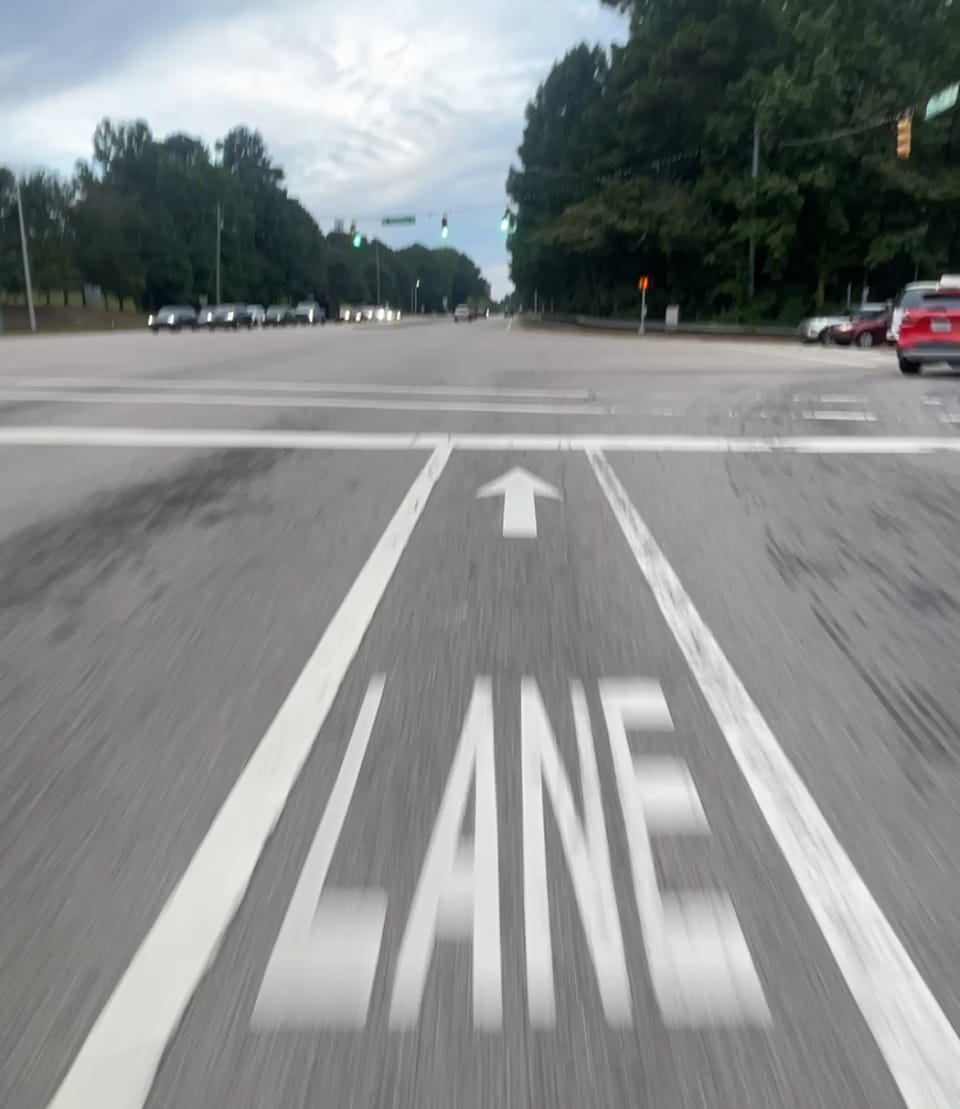
Yesterday, Lauren and I started the week as we normally do – with a crisp Monday morning ride to Cary. We've been doing this 16-mile loop each week for the past few months and it seems like it's here to stay. After the early morning grogginess wears off (around the time we pass Meredith College and merge onto Hillsborough St.) we both realize it was definitely the right call to get up and ride rather than sleep in.
Hillsborough Street goes out of town, under the I-440 overpass, past the State Fair, over I-40, and into Cary before we touch a bike lane. No joke – we are riding on State Highway 54 for the majority of the time before we hit Cary.
Once we hit the bike lanes, that's when the feeling of danger sets in.
Let's take a break for a second and think about why I'm writing this in the first place. Part of it was, yes, the near-death experience we had on the way back from the ride yesterday – not on a bike lane. That's more of a lesson on proper lane-taking procedures which we'll touch a bit more on later. Hint: you want to minimize the relative velocity between you and the vehicle passing you if you're going to position yourself directly in its line of travel.
The other part is the number of comments I've received from our Bike Academy folks, who have thanked us for "being real" with how we approach road safety. The efficacy of arm signaling, neon clothing, and reflectors on your bike pale in efficacy when compared with pale in comparison with two choices that can make you much safer:
- Where you choose to ride
- How you use the road
Notably, our academy attendees brought up the fact that they never considered a bike lane to "box you in" when you're on your bike. But it's true: being in a bike lane can actually prevent some lateral movement that is often necessary for safe travel. Also, although it's a minor nuisance, the debris in the bike lane is often knocked over there by cars in the travel lane.
At the same time, that white paint line can embolden drivers to blow past, since when you're each sequestered to different sides of the white line, there's no need to really "share" the road. The State/City DOT has already "shared" the road for you. And those organizations always do a good job of accommodating all road users. Right? Right?

It was interesting to feel a sense of danger for the first time when we got onto the bike lane after riding in the highway lane for 6 miles. You'd think it would be a respite, being finally on a piece of bike infrastructure, but in fact it felt like the opposite. Now we were actually less empowered to use our riding skills, specifically lane positioning, to protect ourselves.
Lane positioning, another Bike Academy favorite, is the tactic of positioning yourself within a lane such that cars can see, recognize, and react appropriately and with enough time. Sometimes, that means taking up space to let drivers know you're also a road user. Other times, that means getting over to the side of the road to deconflict with a heavy stack of cars coming through. The common factor here is the ability to choose a tactic, choose a position, and keep yourself safe.
I grabbed a few videos as SUVs, trucks, and minivans rocketed past us with a feeling of "safety" that they wouldn't hit us because they were in their lane, we were in ours, and it didn't really matter that they were going 35 miles per hour faster than us. Below are a few screenshots of the action. Look at the massive intersection, the inconsistent and chipped paint, and most importantly the inevitable motion blur from cars blasting past us without a care in the world.
After all, it's their road, right?
If it were everyone's road, would bike infrastructure continue to be an afterthought?
Luckily, we made it to the coffee shop, had a nice cup of coffee, and made it home in one piece.
What are we supposed to do, use the greenway? Then our 16 mile ride would approach 30 miles and we couldn't get back in time for work! They gave all the flat, direct routes to cars... then dished off the dregs to greenways. That, however, is a conversation for a different day.
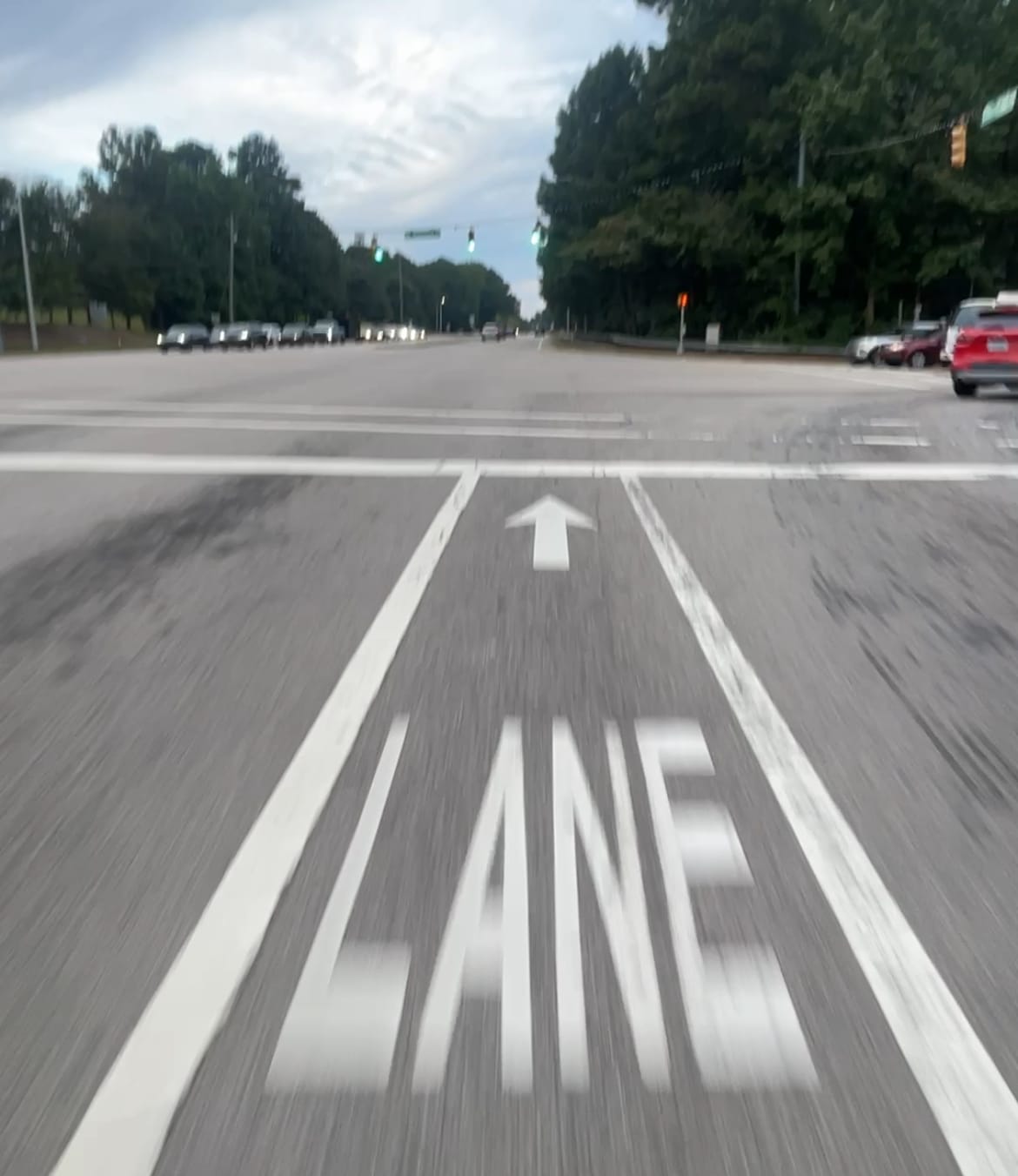
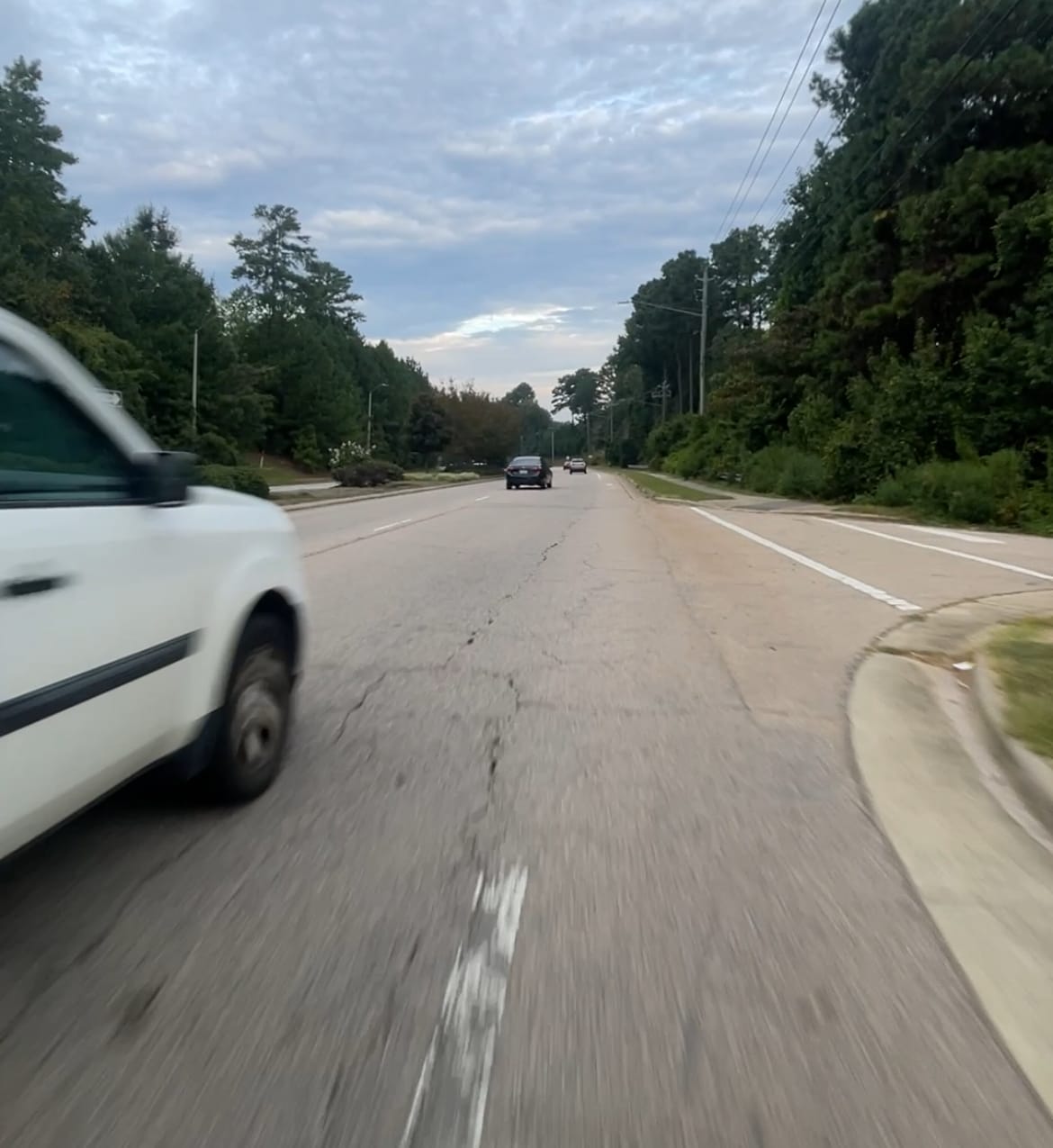
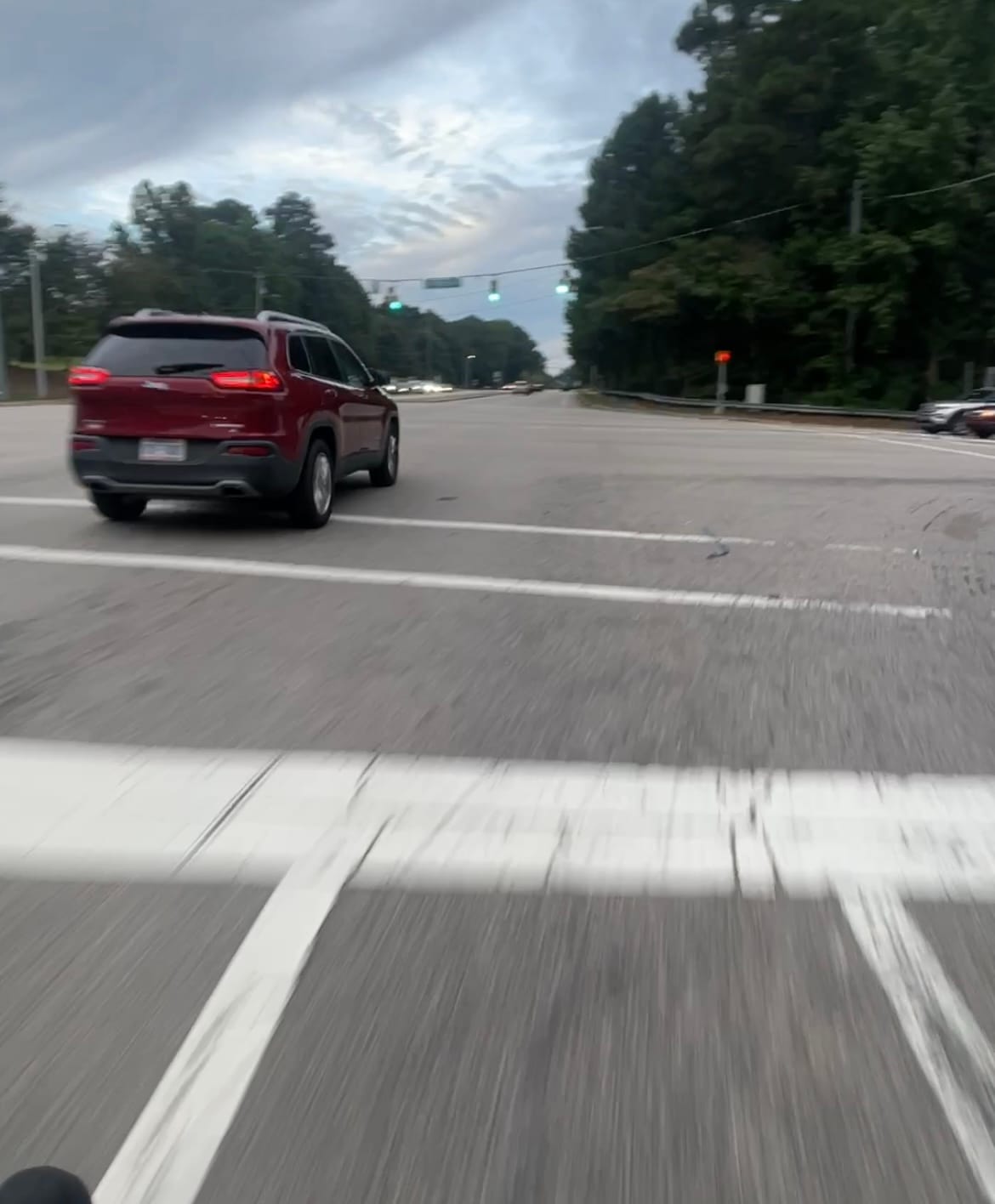
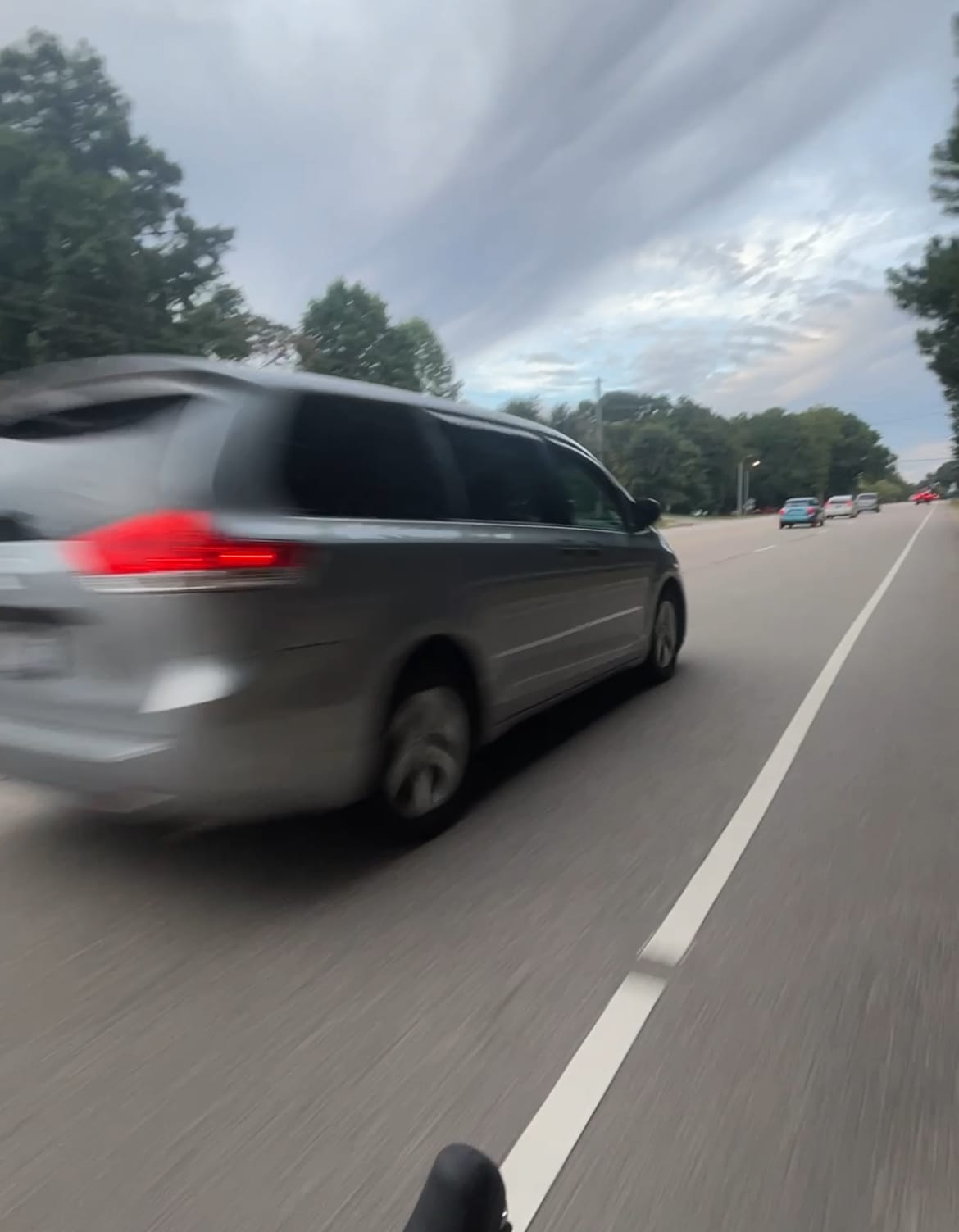
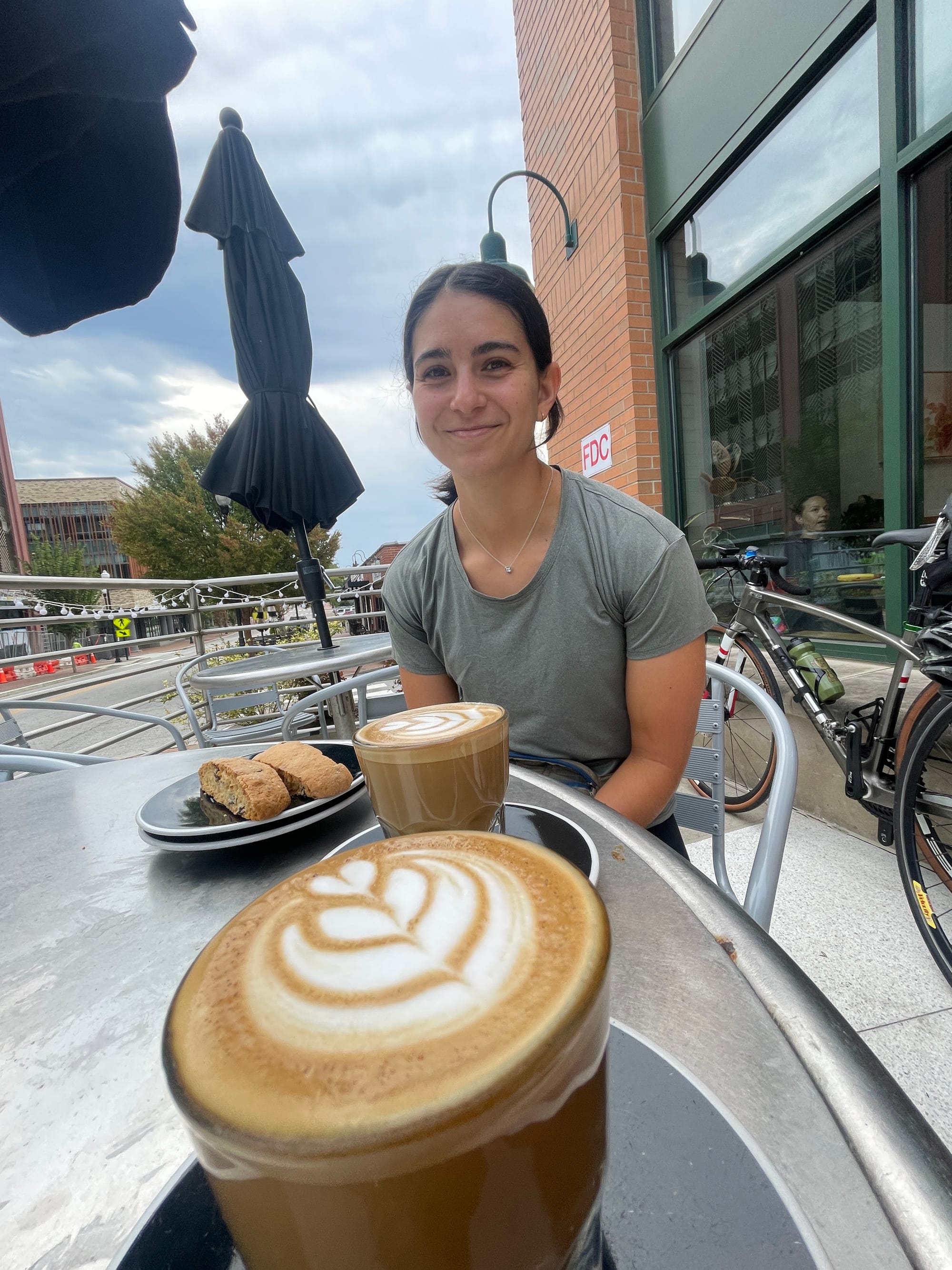


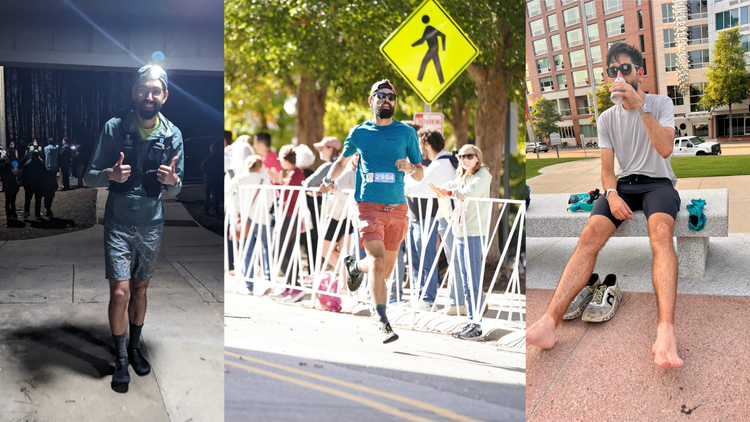

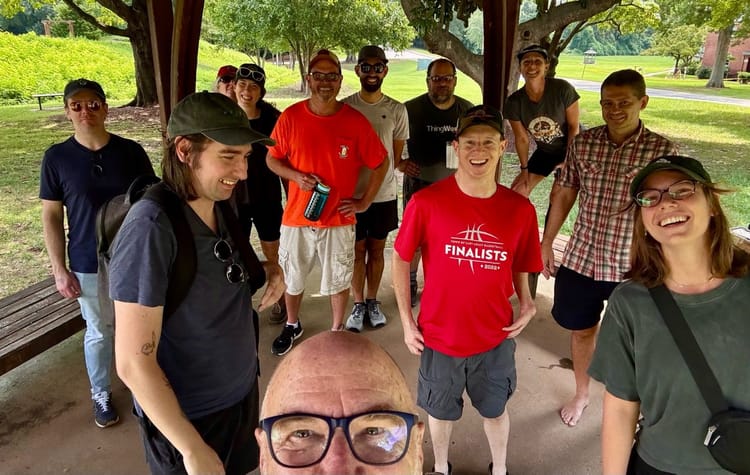
Comments ()